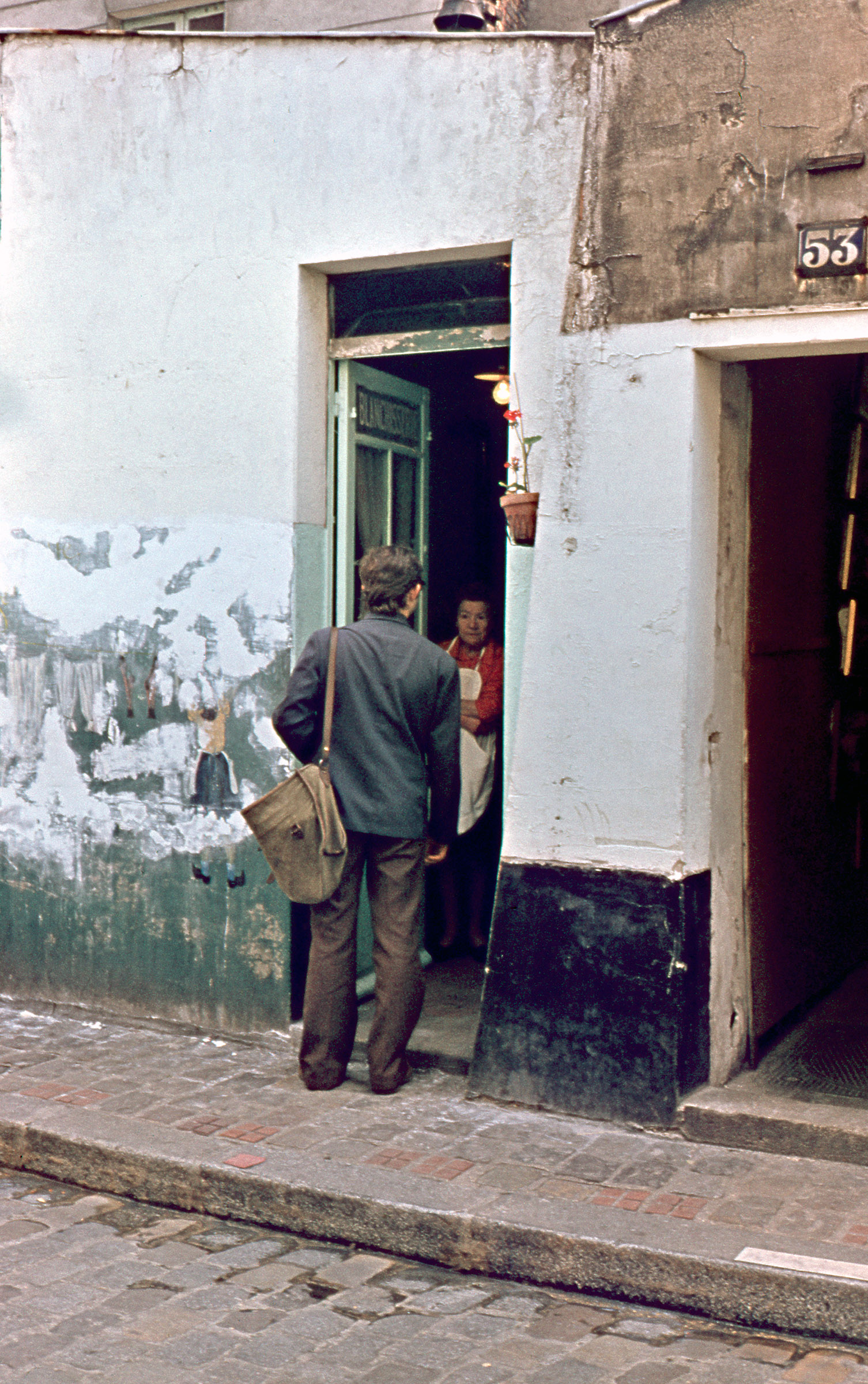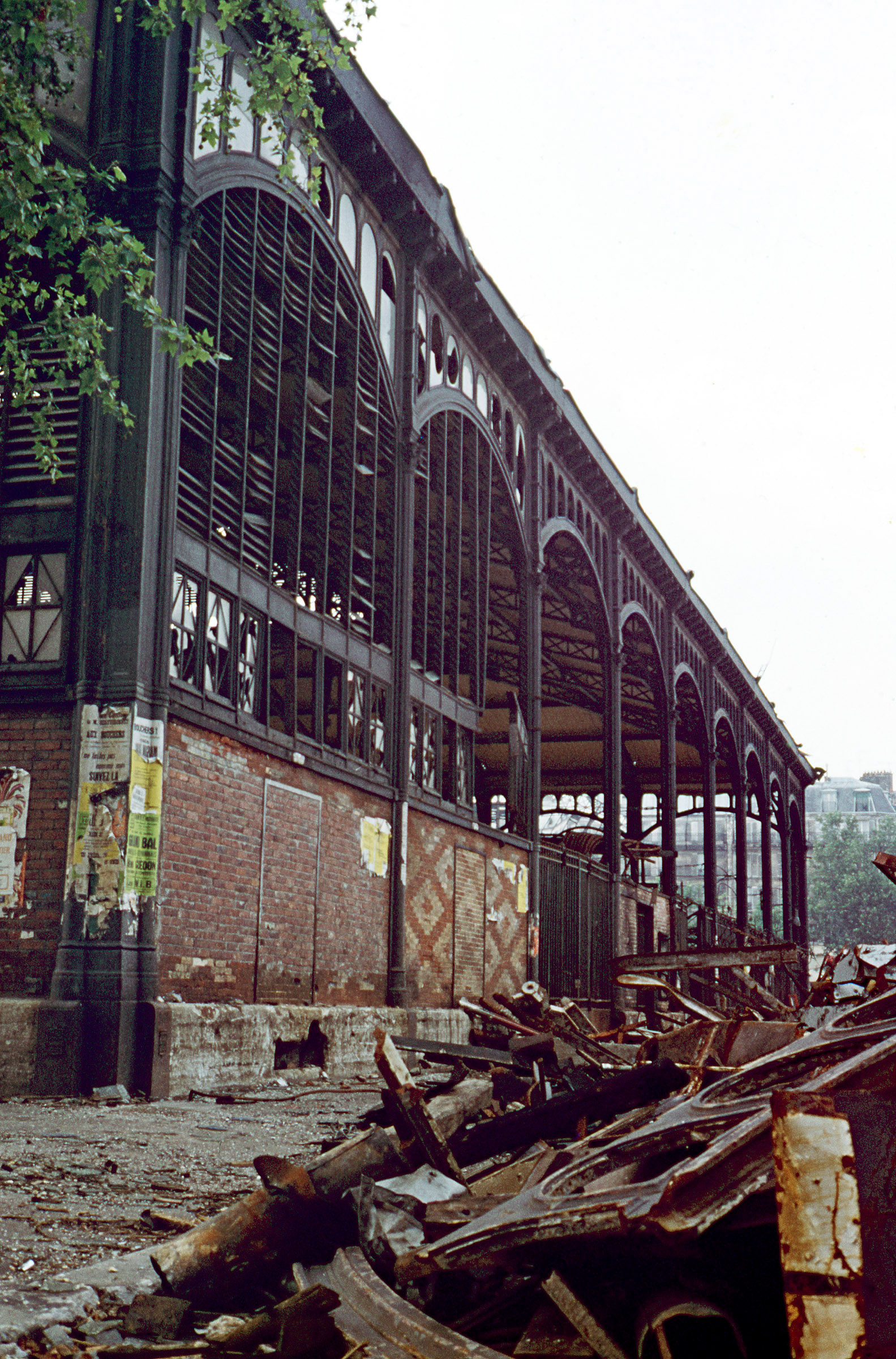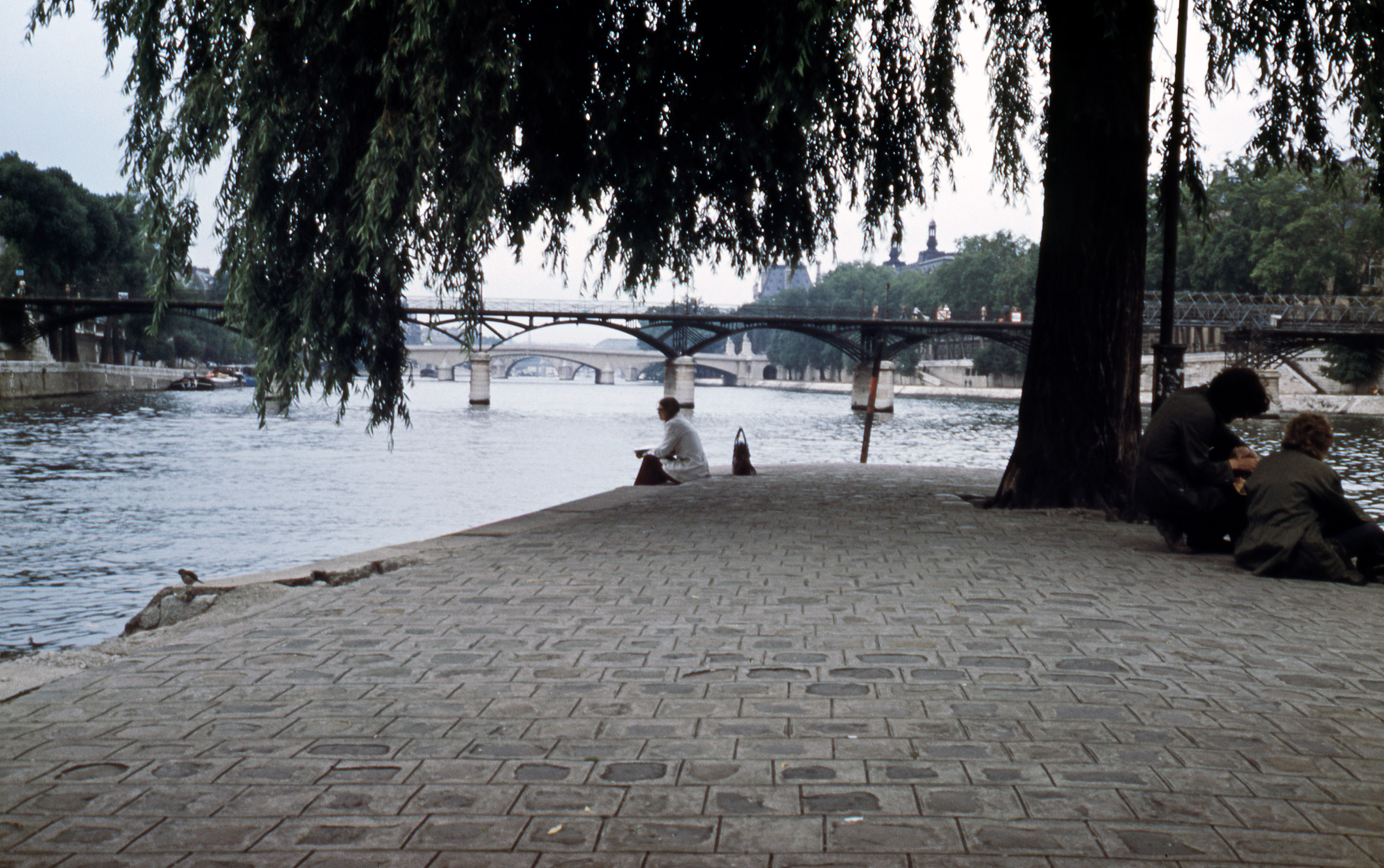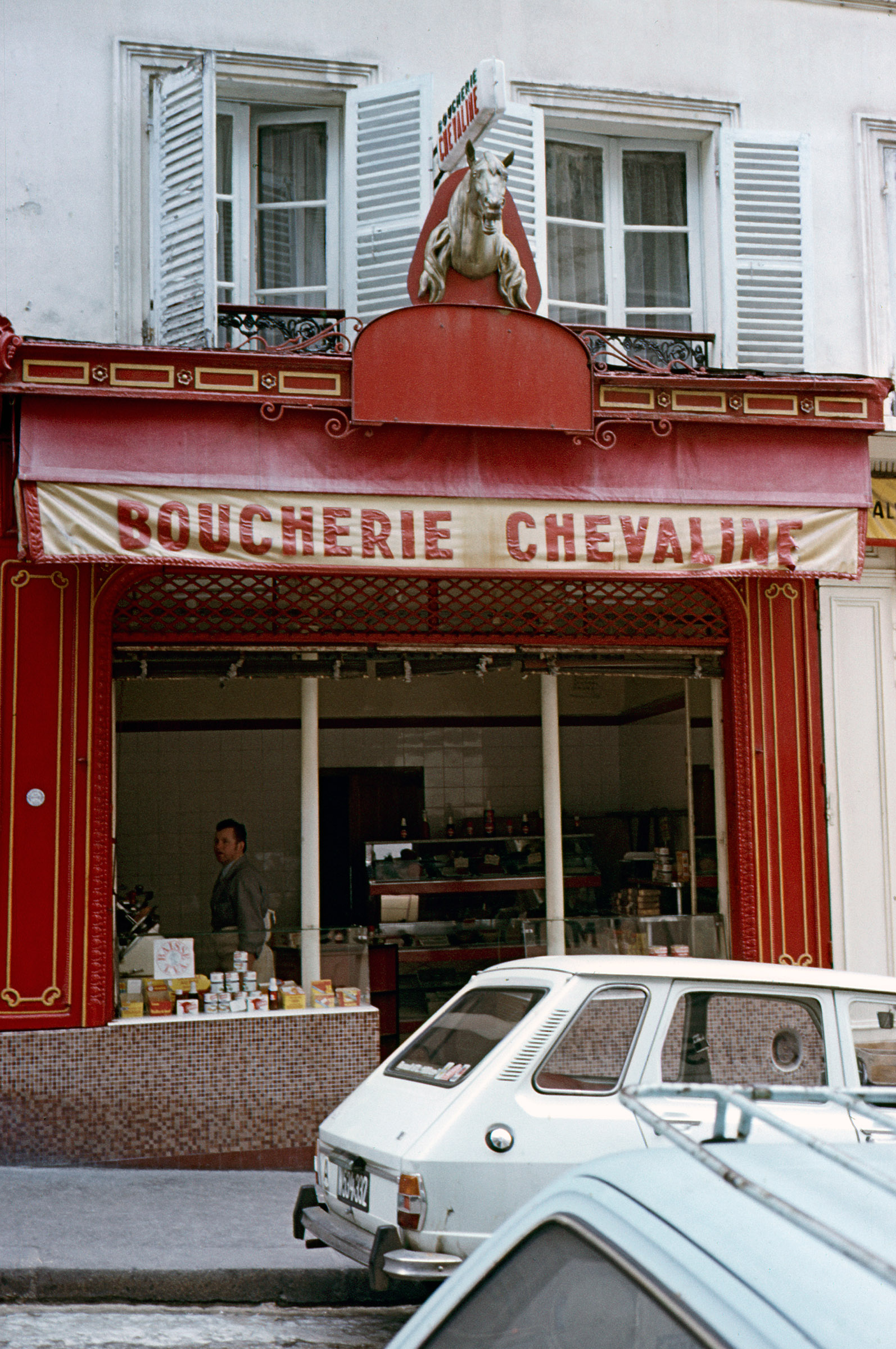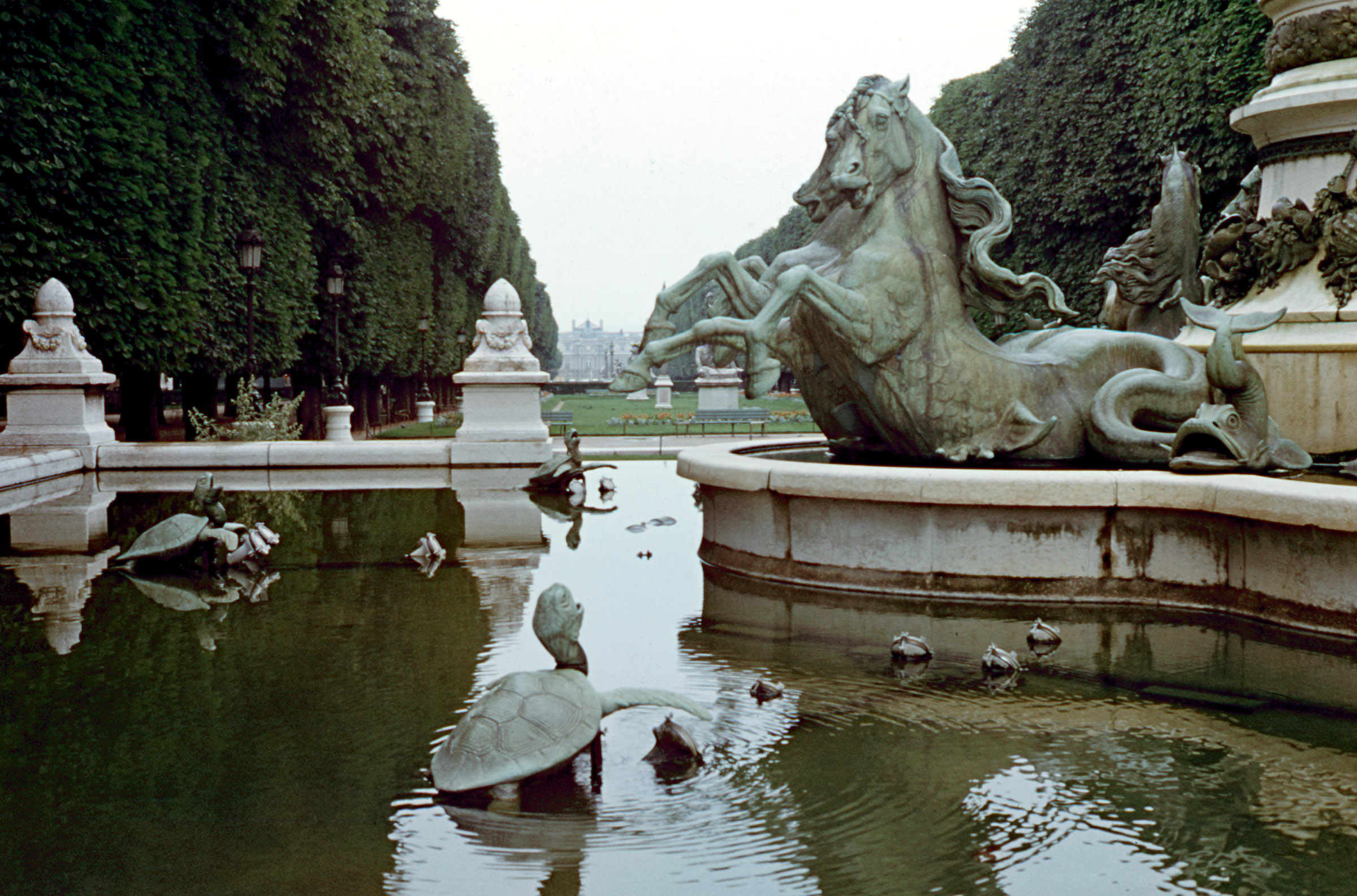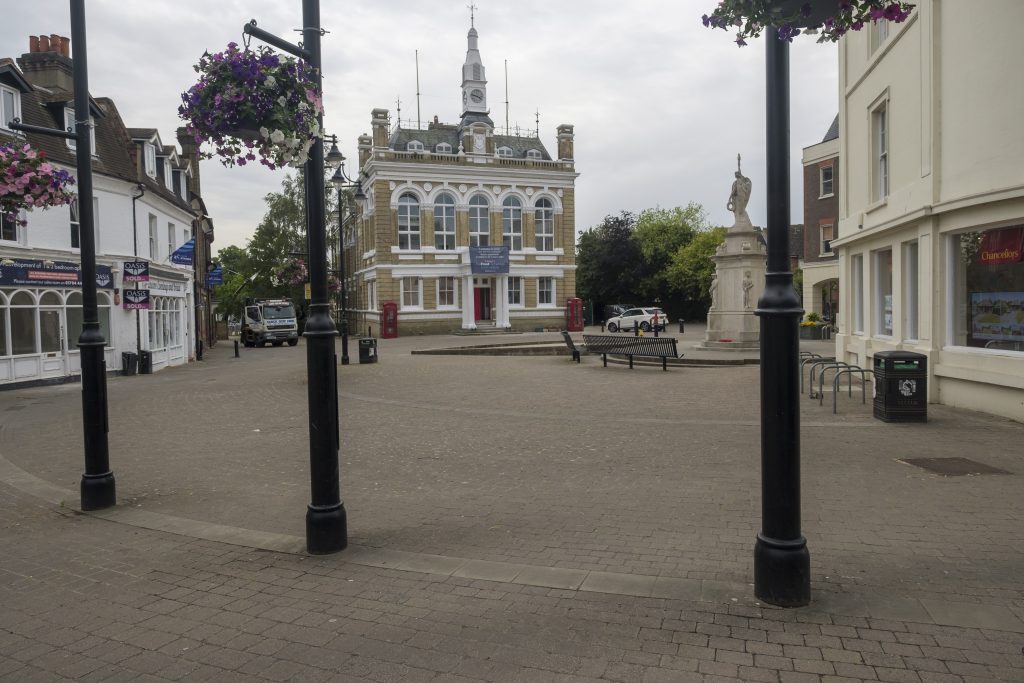
Tuesday
Two lycra-clad cyclists were chatting nonchalantly as they came up beside me on the road coming into Laleham this morning and I heard them for a few seconds until they swept apparently effortlessly past me. Perhaps I sped up just a little, though I was already going as fast as I could comfortably, and I was just a little discomforted as I saw them take the same route as I was intending to travel, down Ferry Lane and Thames Side, though they were only perhaps 50 yards ahead as I made the right turn behind them.
They weren’t actually going a great deal faster than me, and they were still in sight by the time we reached Chertsey Lock, over a mile and a half after they had passed me, perhaps just 300 yards ahead, but it was their apparent ease that upset me a little, as I was more or less at full stretch.
I lost them then, as they went right and I went left, continuing to push myself on my morning 10 mile exercise ride. It was a warm morning with little wind, ideal for cycling, and as I made my way through Littleton and Charlton, glances at my watch confirmed that I had a good chance of meeting my target time for the ride of 40 minutes. It was after all only 15 miles per hour.
It was when I came to the busy A308 Staines Road West that things really began to go pear-shaped. Rather than ride along the road I decided to take the safer shared foot and cycle path on its north side. It starts along pavements, with a few nuisance side-roads which crazily have right of way and then becomes a fairly narrow path with a surface disrupted by tree roots. I had to slow down, changing down two gears, and even then it was heavy and uncomfortable going. Then came a combination of bumps and a large jolt shook my pannier off its rack and I had to stop to fix it back on.
I stopped and found I was pretty well exhausted. What should have been a simple job of lifting the pannier back on eluded me, it slipping out of my hands. After around a minute of struggling I thought I had it fixed and rode off – but when I got home found I had only got one of the two supports on the rack. I struggled on, but when my target time came still had a little over a mile to ride.
I was deflated and could hardly bring myself to go on. That last mile or so was hard going although I took it at around half my normal pace, finishing the ride in 49 minutes. When I got home I collapsed into an armchair and could do little for the next half hour or so. Twelve hours later I’m still feeling tired from the ride.
I don’t intend to give up the rides but I think I have to become rather more realistic about my capabilities. Back in the day I’d reckon on three minutes per mile, but roads were smoother then and I was younger and fitter and on a lighter and faster bike, with lightweight alloy wheels and tubular tires – and around three stone less of rider to carry. Those two riders who passed me were probably each 50 years younger than me – and probably hadn’t had a heart attack and weren’t insulin dependent.
So tomorrow when I take the bike out for another ten, I’ll be happy to get home in around an hour – perhaps a little longer if I stop off a few times to take pictures – and leave targets to the young and fit.
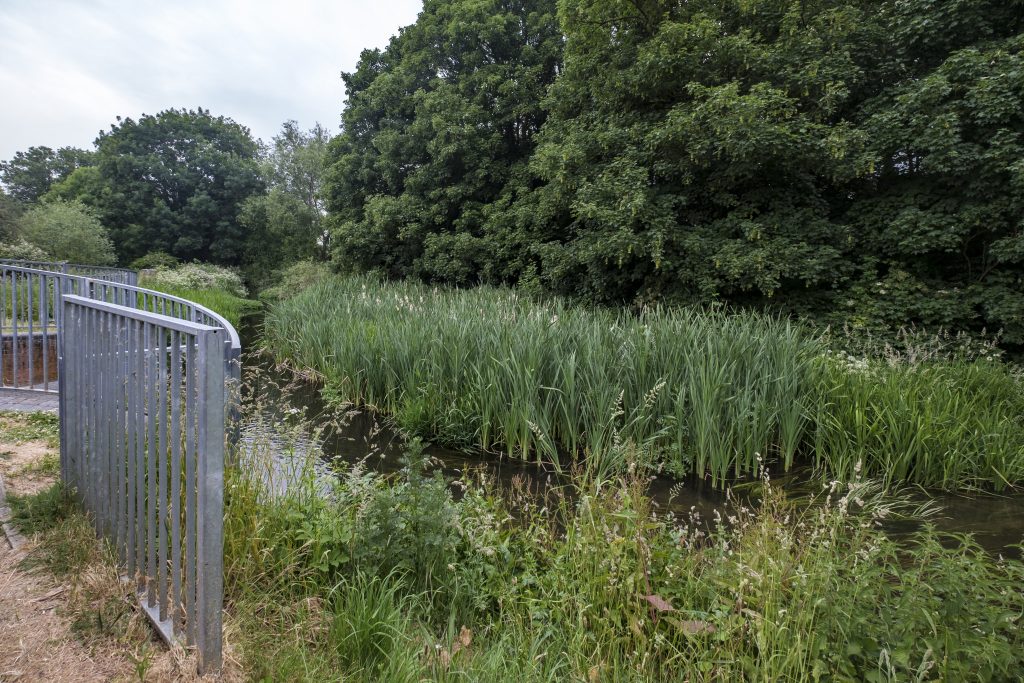
Wednesday
Today it was three or four degrees cooler as I left home around 9am for one of the easier and possibly slightly shorter 10 mile rides on my list of nine routes. I made a point of stopping a number of times to take a few photographs to illustrate this post.
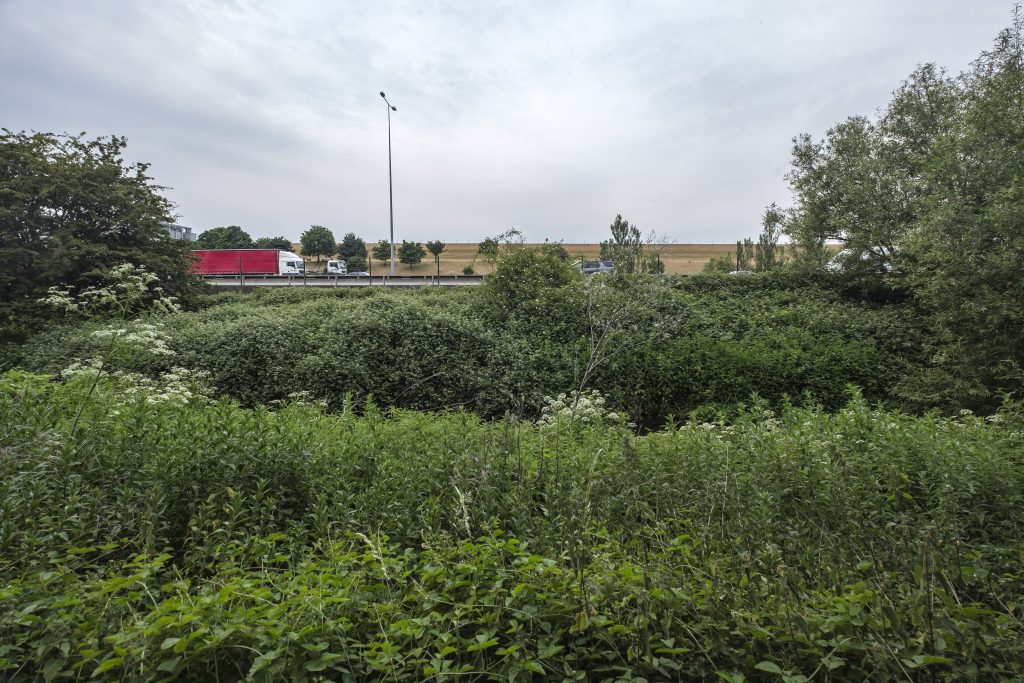
This was a largely traffic-free route – a back road to nowhere, a bridleway, a minor road, a wide shared path beside a road, with just a short section at each end close to home through normal suburban traffic. But what really makes it an easy ride is the road surfaces. Non-cyclists just don’t realise what a difference this makes. Our road network was largely built for cyclists and back in my youth we had road-rollers (and even the occasional steam roller among them) which smoothed the road when it was relaid. Whoever decided to do away with these and just chuck on tar and gravel and let the traffic bed it down was certainly not a cyclist. These rough road surfaces just mean a little more road noise for drivers, but need noticeably more effort to cycle on – and along with the extra potholes and road waves tire our wrists and keep our eyes looking down at the road rather than enjoying the view.
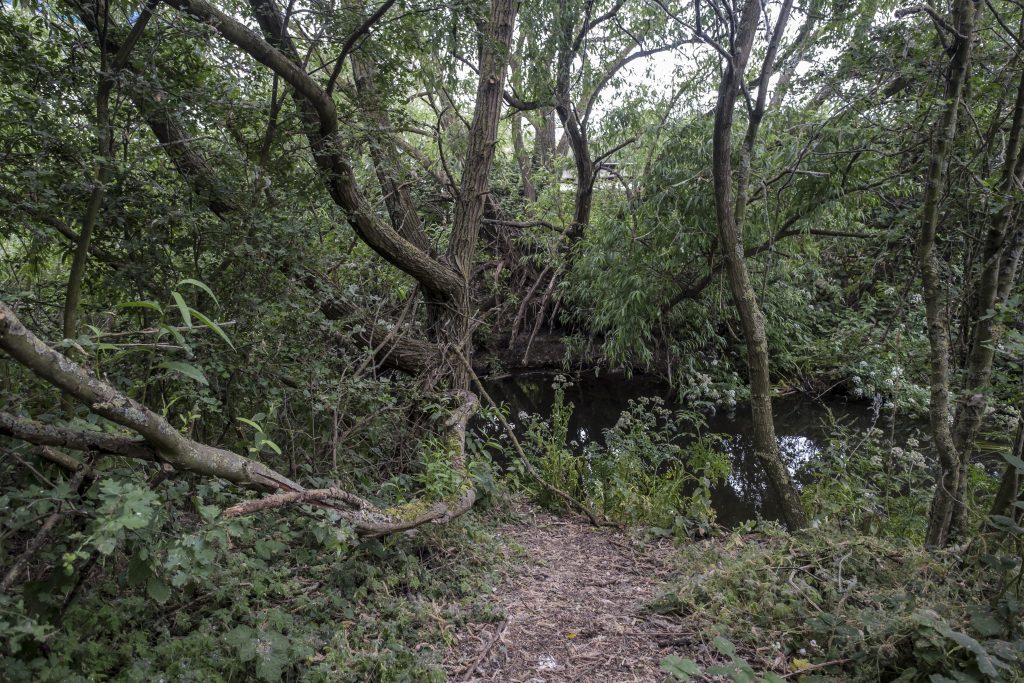
After yesterday’s ride I took things easy, not pushing things but going at a comfortable rate. On the long roadside shared path down from Stanwell Moor between the reservoirs, now gloriously smooth, I couldn’t resist, changed up a gear and really flew, but otherwise took it easy.
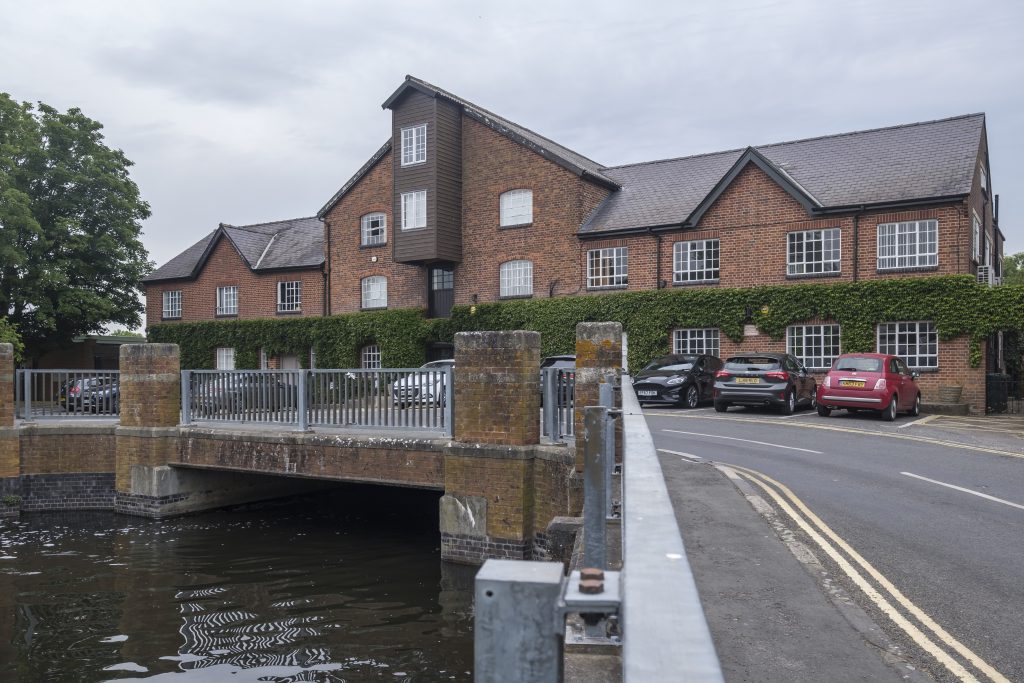
There were just a few drops of rain as I approached home. I’d done my daily exercise and was sweating a bit, but wasn’t exhausted. The ten miles are fairly nominal, and this one may be a little shorter than yesterday, but despite being much more relaxed and making several short stops I’d taken three minutes less.
All photographs on this and my other sites, unless otherwise stated, are taken by and copyright of Peter Marshall, and are available for reproduction or can be bought as prints.
